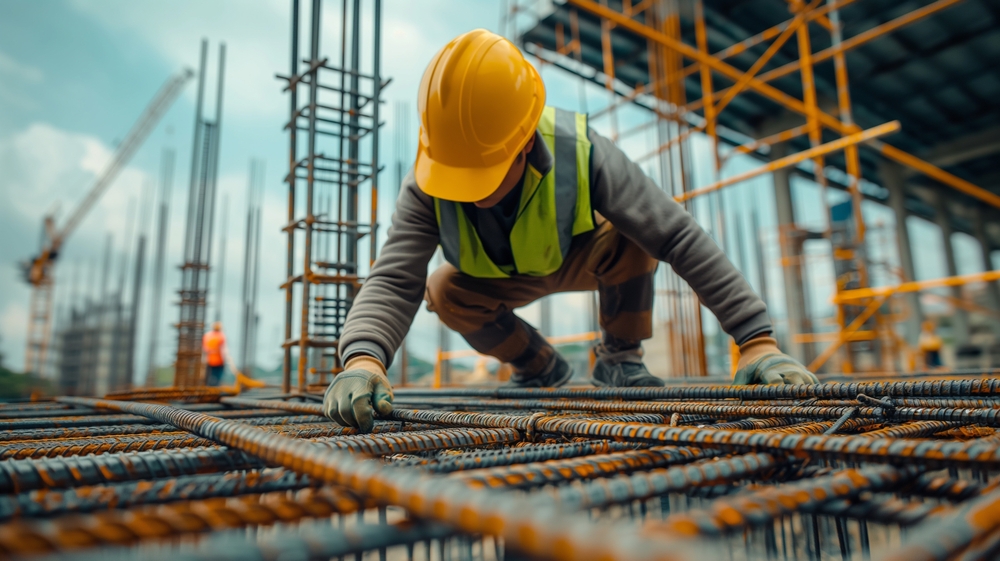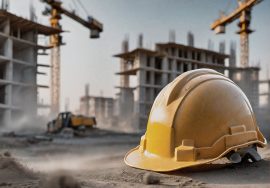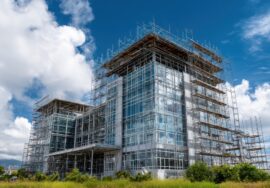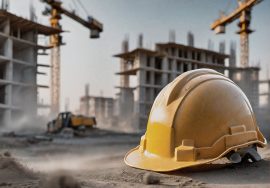Carbon-Neutral Construction: Building a Sustainable Future
Carbon-Neutral Construction: Building a Sustainable Future
Introduction
Carbon-neutral construction is redefining the building industry by focusing on sustainability and reducing carbon emissions. By integrating eco-friendly materials, renewable energy sources, and energy-efficient designs, carbon-neutral buildings contribute to a greener planet while offering long-term economic benefits.
Key Components of Carbon-Neutral Construction
1. Sustainable Building Materials
- Bamboo, recycled steel, and reclaimed wood for minimal environmental impact.
- Low-carbon concrete to reduce CO2 emissions during production.
- Eco-friendly insulation materials like hempcrete and aerogel.
2. Renewable Energy Integration
- Solar panels and wind turbines for sustainable energy generation.
- Geothermal heating and cooling systems for efficient temperature regulation.
- Smart energy management systems to optimize energy usage.
3. Energy-Efficient Design
- Passive solar design to maximize natural lighting and heating.
- High-performance windows and doors to reduce heat loss.
- Green roofs and vertical gardens for improved insulation and air quality.
Benefits of Carbon-Neutral Construction
Environmental Benefits
- Lower carbon footprint by reducing emissions during construction and operation.
- Waste reduction through sustainable materials and recycling initiatives.
- Improved air and water quality by minimizing pollutants and toxins.
Economic Benefits
- Reduced operational costs through energy-efficient systems.
- Higher property value due to sustainable features.
- Government incentives and subsidies for adopting green building practices.
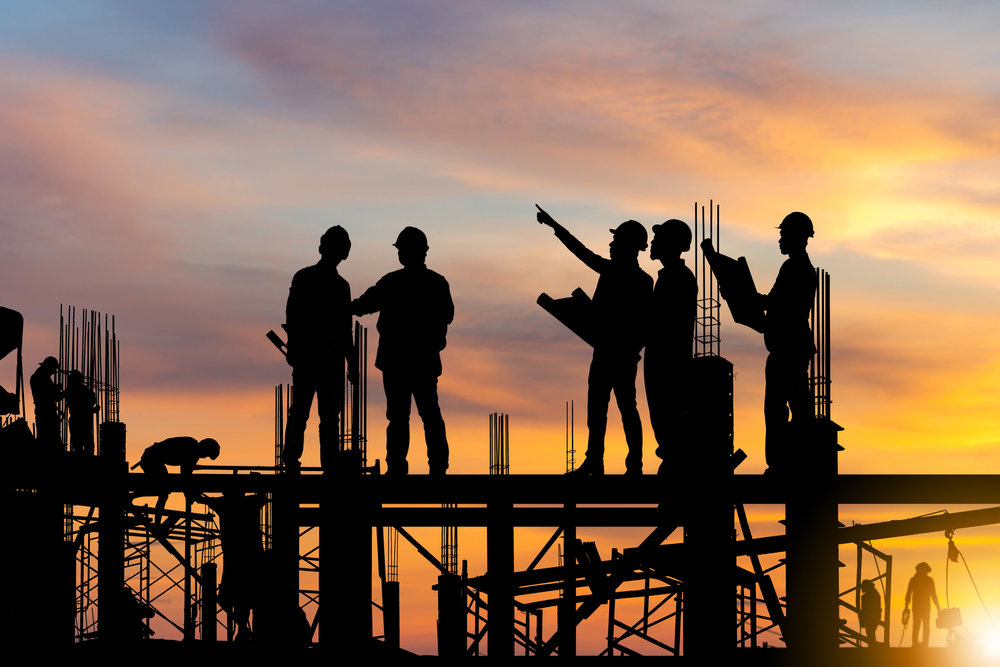
Carbon-Neutral Construction in India
India is making significant progress in carbon-neutral construction with pioneering projects such as:
- Indira Paryavaran Bhawan, New Delhi – A net-zero energy building powered by solar energy.
- Suzlon One Earth, Pune – A LEED Platinum-certified green campus utilizing renewable energy sources.
- Infosys Pune Campus – A model of energy efficiency with innovative cooling and water conservation systems.
Future Trends in Carbon-Neutral Construction
1. Smart Building Technologies
- IoT-enabled energy monitoring for real-time optimization.
- Automated lighting and HVAC systems to minimize energy waste.
- AI-driven predictive maintenance to enhance efficiency and longevity.
2. Net-Zero and Carbon-Positive Buildings
- Development of buildings that generate more energy than they consume.
- Carbon capture and storage integration in building materials.
- Expansion of off-grid sustainable communities.
3. Modular and Prefabricated Construction
- Reduction of construction waste through off-site manufacturing.
- Increased efficiency with precision-engineered components.
- Lower transportation emissions due to controlled factory settings.
Conclusion
Carbon-neutral construction is not just a trend but a necessity for a sustainable future. By adopting green building technologies, integrating renewable energy, and utilizing eco-friendly materials, the construction industry can significantly reduce its carbon footprint while creating efficient and cost-effective spaces.
For expert guidance on sustainable construction solutions, contact us today.
External References:
Construction Industry in India
- One of India’s largest construction and engineering companies, Campus Construction Cost Optimization provides services including project management, cost control, and engineering consultancy. For detailed information on their offerings, visit. Construction Industry in India
Read more related articles to enhance your knowledge and make informed decisions
10 Essential Steps in the Building Construction Process
How to Choose the Right Materials for Your Construction Project
